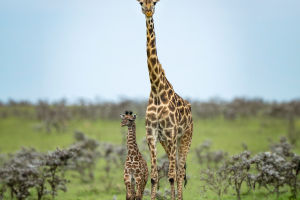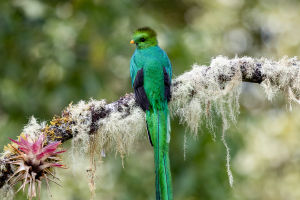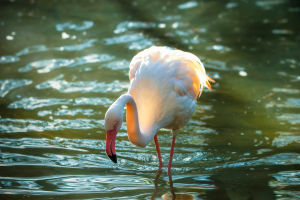Have you ever wondered about the bird said to deliver babies? Meet the white stork, a tall, graceful bird with a rich story.
Known for its long legs, red beak, and striking black-and-white feathers, the white stork (Ciconia ciconia) lives across central and southern Europe, parts of southwest Asia, and northwest Africa.
Every year, these amazing birds take a long journey from Europe to sub-Saharan Africa and India to escape the cold. That’s right—these are serious globe-trotters!
What Makes the White Stork Stand Out
White storks are big birds—really big. They can grow up to 125 centimeters tall, and when they spread their wings, they can span more than two meters. Most of their feathers are white, except for their strong black flight feathers, which look dramatic in the sky. Their legs and long, straight beaks are bright red, making them easy to spot when walking or flying.
What’s really cool is how they fly. Instead of flapping all the time, they stretch their necks and soar on thermal currents, gliding smoothly through the sky. On the ground, they walk calmly and confidently, like they know they’re admired.
Two Types, One Legacy
There are two main types of white stork: the Ciconia ciconia ciconia, which lives in Europe and parts of Africa, and the Ciconia ciconia asiatica, which can be found in Central Asia and India. They might look similar, but their migration routes don’t overlap at all. Once considered a close cousin, the oriental stork (Ciconia boyciana) used to be a subspecies but is now seen as a separate bird altogether.
Living with People—And Loving It
Unlike many wild birds, white storks aren’t shy around humans. In fact, they often build nests right on rooftops, especially in villages across Poland, Lithuania. People in these countries believe storks bring harmony and luck to families. Imagine waking up to the sight of a majestic bird perched on your chimney—it’s no wonder these birds are seen as symbols of peace and blessing.
The Baby Delivery Legend
Here’s where things get magical. Long ago in northern Germany, people believed that the souls of unborn children lived near water—ponds, springs, and swamps. White storks were thought to gently carry these souls to families waiting for a child. This legend made its way into many European cultures and stories. Even Hans Christian Andersen, the famous fairy tale writer, included the stork in his tale “The Storks,” where babies-to-be waited by a pond, dreaming of meeting their future parents.
More Than Just a Legend
These birds aren't just part of folklore—they're national symbols. Both Lithuania and Belarus have named the white stork their national bird. They’ve also been featured on more than 120 postage stamps worldwide! Whether flying through the skies or resting on rooftops, white storks have left a global mark—literally.
Life at the Nest
Storks prefer building their nests high up—on treetops, poles, or man-made platforms. Each year, they lay about 4–5 eggs. But here's a twist: not all chicks survive. Sometimes, the weaker ones are left behind. It’s nature’s way of making sure only the strongest continue the journey. It might sound sad, but it’s how many bird species ensure the survival of the next generation.
When and Where Can We See Them?
White storks are easiest to spot during spring and summer in Europe. That’s when they return from their winter migration. If we want to see them in action—flying, nesting, or feeding—it’s best to visit in May or June. In Poland, for example, entire towns welcome them, with stork-themed festivals and observation platforms.
Tips for Spotting White Storks
Want to see a white stork up close? Here are some quick tips:
- Best Time: Late spring to mid-summer.
- Best Places: Rural areas of Poland, Germany, or Lithuania.
- What to Bring: A pair of binoculars, a camera, and a bit of patience.
- Bonus Tip: Look for nests on rooftops and old chimneys!
Join Us in Celebrating These Feathered Legends!
The white stork is more than just a bird—it’s a symbol of hope, journeys, and new beginnings. Whether gliding across continents or nesting above quiet villages, it carries a story that has been told for centuries. So next time we look up and see a stork soaring overhead, let’s take a moment to appreciate this gentle traveler.
Hey Lykkers, have you ever seen a white stork in real life? If so, where? If not, would you like to? Tell us your story or dream stork-spotting destination in the comments—we’d love to hear from you!


